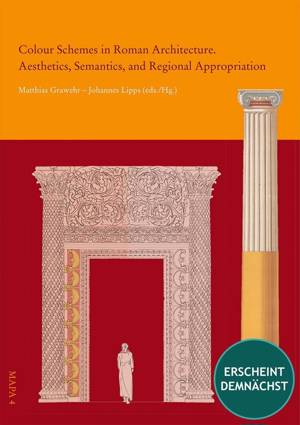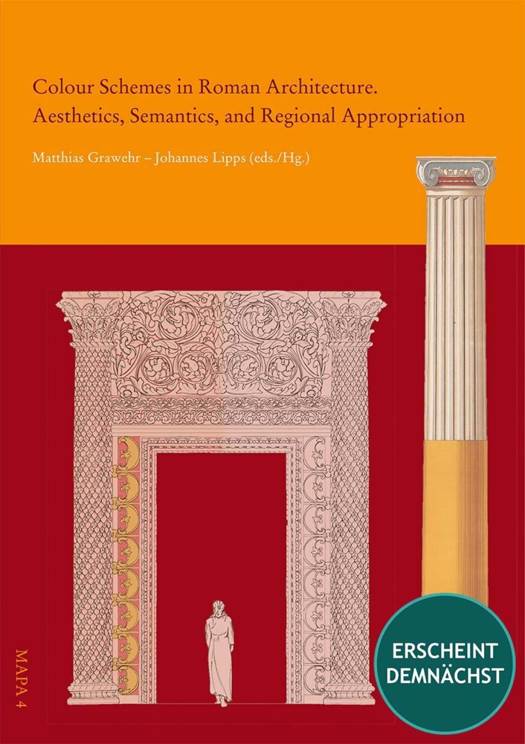
- Afhalen na 1 uur in een winkel met voorraad
- Gratis thuislevering in België vanaf € 30
- Ruim aanbod met 7 miljoen producten
- Afhalen na 1 uur in een winkel met voorraad
- Gratis thuislevering in België vanaf € 30
- Ruim aanbod met 7 miljoen producten
Colour Schemes in Roman Architecture
Aesthetics, Semantics, and Regional Appropriation
€ 249,45
+ 498 punten
Omschrijving
Roman architecture was characterised by a rich palette of colours, achieved through the use of natural coloured stones and painting. Evaluating the use of colour in Roman architecture addresses an important part of the built environment. Unlike black-and-white photographs or line-art reconstruction drawings, architecture was conceived, perceived and experienced in colour. Although such statements are accepted by most archaeologists and architectural historians today, details about functional, chronological, and regional variation in Roman architectural polychromy remain to be discovered. This conference volume is the first book entirely dedicated to the polychromy of architectural orders in the Roman provinces. Its objectives are to present new data on raw materials, painting techniques, and traces of paint on architectural orders, to explore the visual effects for which colour was used on architectural elements and to collate initial observations on the functional, chronological and regional variation of the applied colour scheme in the various areas of the Roman Empire. The volume brings together the contributions of twenty-five archaeologists, ancient historians, art historians and chemists. The collected essays encompass a wide chronological frame from the 2nd century BC to the 3rd century AD and cover a vast geographical range from modern Spain, France, Switzerland, Italy, and Austria to Turkey, Cyprus, Lebanon, and Libya.
Specificaties
Betrokkenen
- Uitgeverij:
Inhoud
- Aantal bladzijden:
- 240
- Taal:
- Engels
- Reeks:
- Reeksnummer:
- nr. 4
Eigenschappen
- Productcode (EAN):
- 9783752008548
- Verschijningsdatum:
- 10/03/2025
- Uitvoering:
- Hardcover
- Formaat:
- Genaaid
- Afmetingen:
- 215 mm x 18 mm
- Gewicht:
- 589 g

Alleen bij Standaard Boekhandel
+ 498 punten op je klantenkaart van Standaard Boekhandel
Beoordelingen
We publiceren alleen reviews die voldoen aan de voorwaarden voor reviews. Bekijk onze voorwaarden voor reviews.









